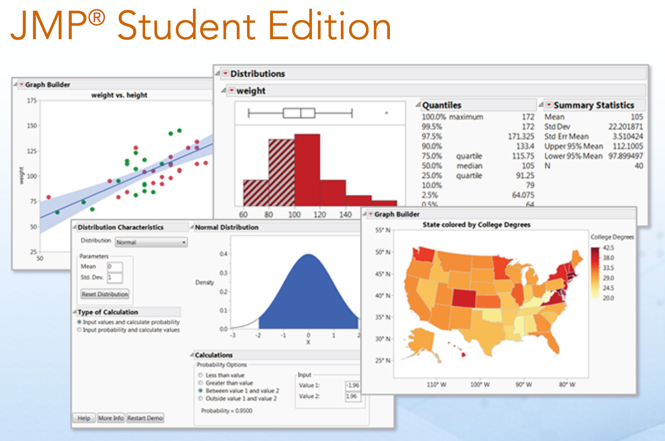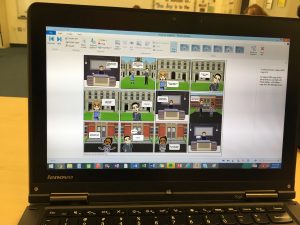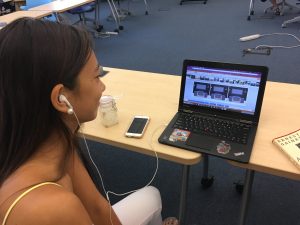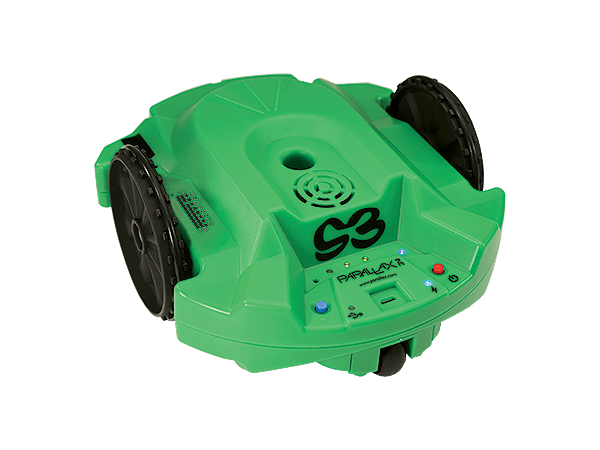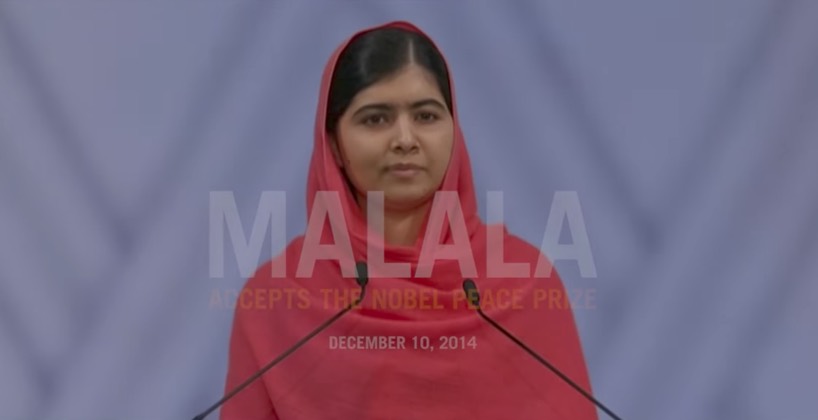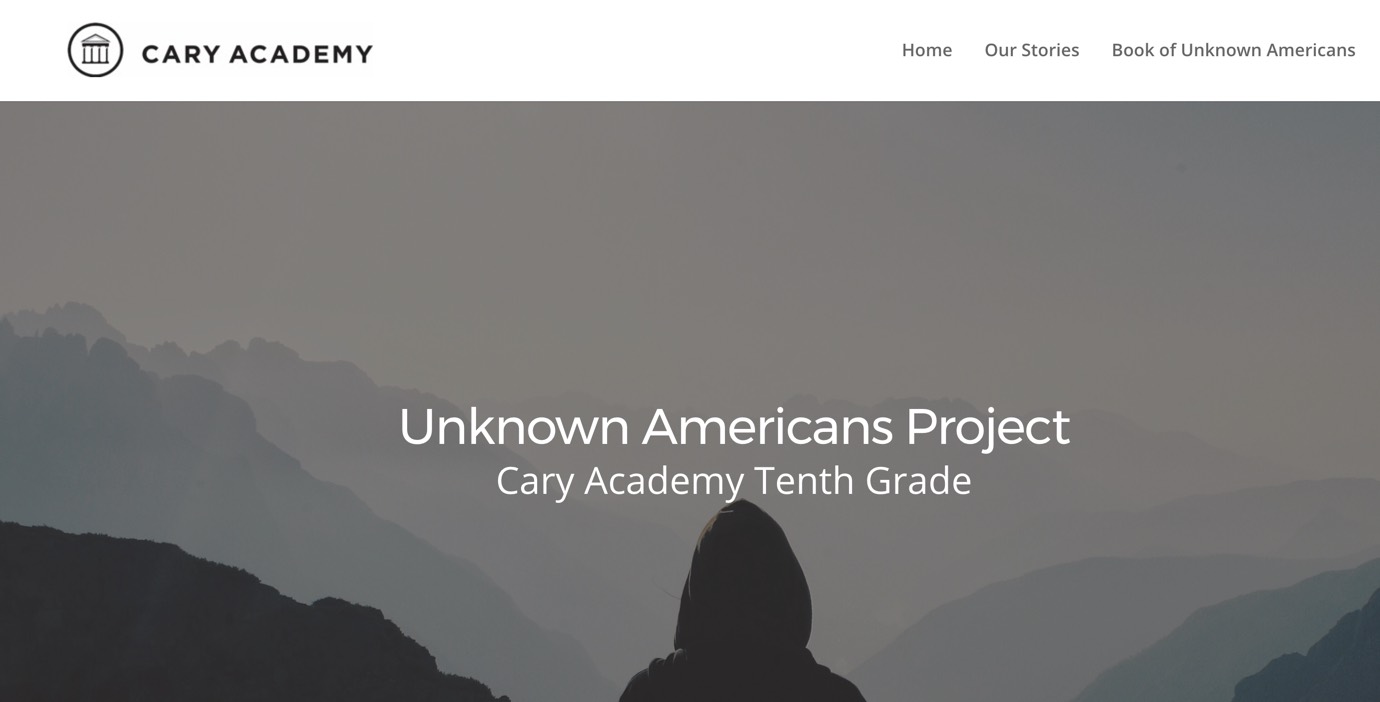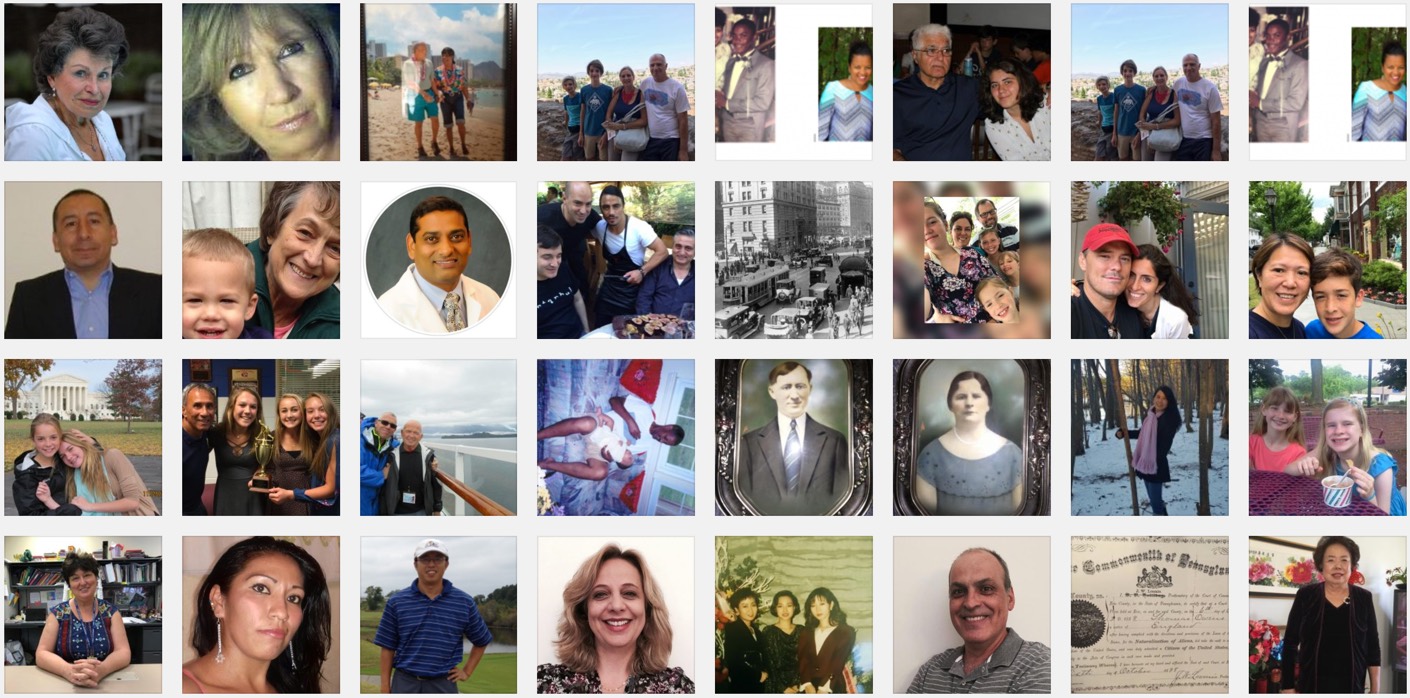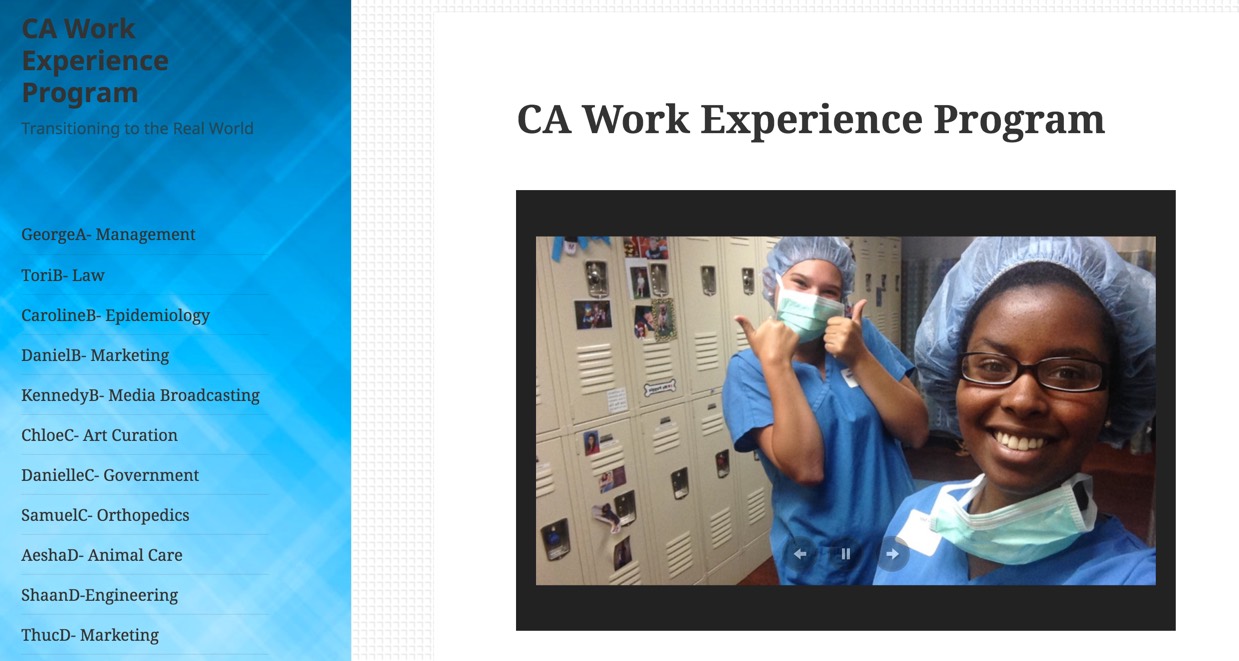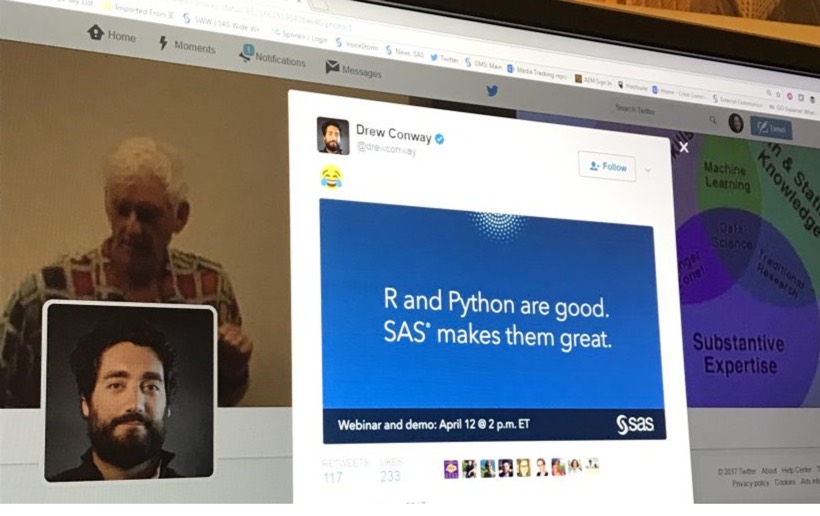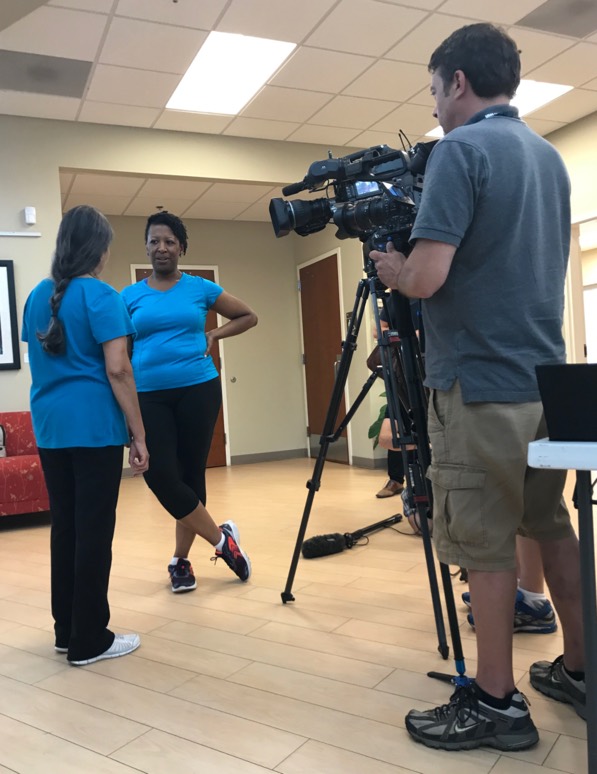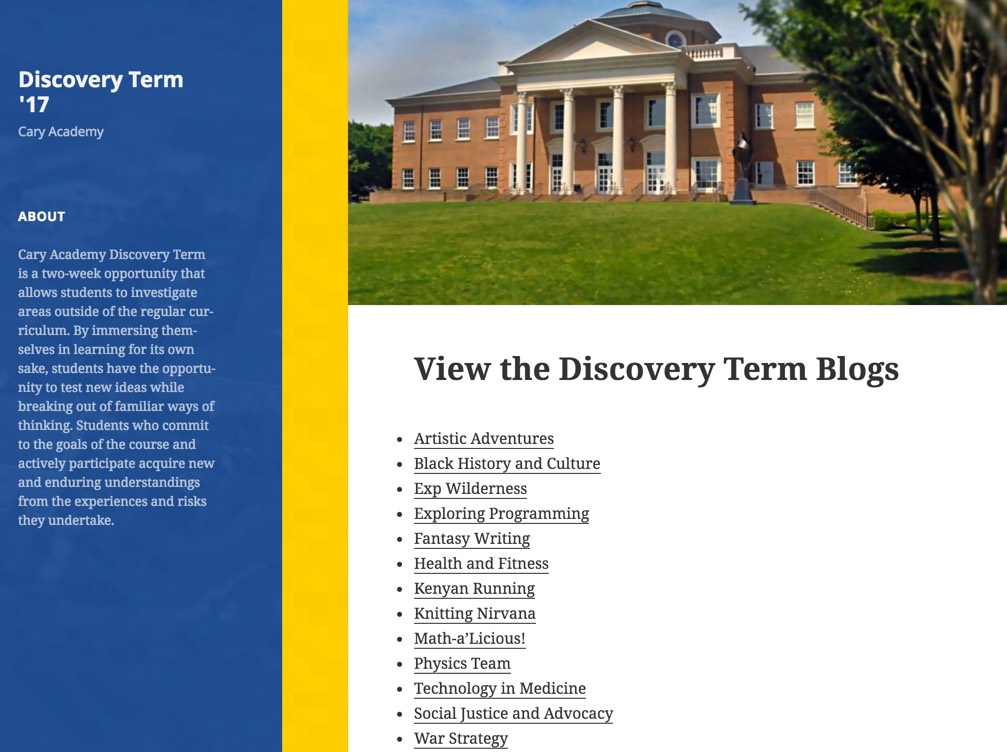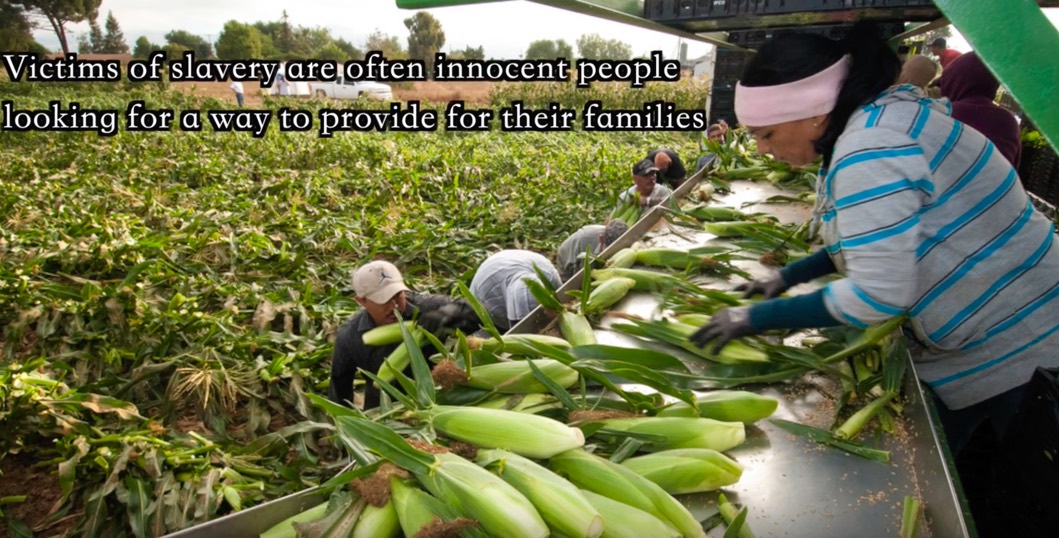Tech Blog
Measuring the Past- Economic Models!
Robert Coven, Measuring the Past, Upper School History
In Measuring the Past, “Students will have the opportunity to gain a deeper understanding of the past by examining the facts in the form of raw data and presenting their analyses through data visualizations. In this experiential learning class, students will be introduced to statistical tools that will allow them to do the work of professional historians: producing historical work and not merely consuming it.”
In this segment of Measuring the Past, students were tasked with the development of Economic Models based upon analysis of raw data using a number of tools- where a primary tool was the student version of JMP. A final product of this course segment was to present one’s findings to the class- including models, data representations, etc.
Students Explain their Models and Ask Questions About Models:
JMP:
A model explained:
A model presented:
A model presented:
Robert Coven Guides Students in Their Analysis:
“A Lesson Before Dying” Newscasts in American Literature- The Jefferson Case

Kristi McGauley, Robin Follet, and Jamie Roszel, American Literature, Upper School English
Prompt after reading, “A Lesson Before Dying“: “Work in your assigned small group to script and shoot a video news segment about Jefferson’s case that might appear either online or as part of a news broadcast. Your first task is to consider from whose viewpoint you’d like to tell the story (Whose story is it?), what audience you hope to reach, and why you are making these choices. What inherent bias will inform your decisions and the audience’s reactions? Be prepared to screen the video for the class. You will need to create a storyboard, compose and script, and upload them to the WikiProject Page. You must show me your storyboard and script prior to filming. Your news segment must be a minimum of 3 minutes long but no more than 5 minutes. You will be using your smartphone to film and borrowing tripods or sound equipment as needed.”
The technology used in this project included StoryboardThat, Wiki Projects in Haiku, Video in Office 365, a variety of filming equipment such as tripods can smartphone camera adapters, and finally a multitude of video editing software including iMovie, Smartphone apps, etc.
Student Exemplars:
Video: Example Newscast from the Jefferson Case
Student Photos-Videos in the Classroom:
Scribblers- Modeling Mechanics
Rachel Atay and Matt Greenwolfe, Physics, Upper School Science
Description: “For the past 4 years, the physics classes in the Upper School have been using Scribbler 2/3 robots to investigate constant velocity and constant accelerated motions. Students work through a carefully designed series of interactive investigations at a flexible pace and are able to use the robots along the way to compare different motions and test their solutions. Instead of being fully reliant on the teacher to direct each step of their work, they can iterate upon failed attempts and learn from their mistakes relatively independently. In the Rescue Einstein activity, which comes at the end of the constant velocity unit, students must program a robot to navigate a 3-meter long path while avoiding the two guard robots that cross the path at regular intervals. The timing is such that they cannot accomplish this with a single constant velocity, but must instead include properly timed velocity changes to avoid all of the obstacles and arrive safely at the castle. Not many groups succeed on the first try, but there are always lots of smiles and high-fives when they finally rescue Einstein!“
Technology Used: Scribbler Robots, Timing Devices, Measuring Devices, Graphing Software- Desmos, Logger Pro, etc. depending upon the project.
Classroom Photos-Videos:
Video 1: Starting to make measurements for calculations to solve the challenge!
Video 2: Student Perspective on the Challenge!
Video 3: Students explains approach to calculations to solve the challenge.
Video 4: Instructor Rachel Atay works with students to begin the challenge
I Am Malaya- A Summer Reading Project
Allyson Buie, German Urioste, Jamie Roszel, and Donna Eason, 9th Grade English, Upper School ELA
For summer reading, 9th-grade students read the book, “I Am Malala“. Students groups followed this reading up with a project where they developed Marketing Campaigns for a unique Foundation to support a cause of their interest.
Background and Prompt:
“Malala Yousafzai created a fund, the Malala Fund, to help girls worldwide get an education. She believes that everyone has the right to education and she has fought for this issue in her own country, as well as across the world. Think of a social issue that you believe requires attention. (Your issue can be a local, statewide, national, or worldwide matter. It doesn’t have to affect everyone, but it should be prevalent enough that people will understand the problem.) Create a foundation that would bring a spotlight on your chosen issue. Market your foundation by either creating a poster board or a digital visual aid (Prezi or PowerPoint).”
“Your group should create a pitch that should articulate not just the social issue your foundation will address but how it will go about addressing it. Essentially, your task will be to pitch a solution for your social issue. The overarching questions you’ll want to tackle: Why is your social issue one that requires immediate attention? And why is your foundation’s solution an innovative and effective one that should be funded? Next, create a clearly articulated mission statement, an explanation of why your social issue is an urgent problem that needs our immediate attention, and a clear and specific breakdown of your proposed solution to the problem.”
Student Exemplars:
Sea Turtle Preservation Foundation
Student Interview:
Foundation for Providing Food to Children and Families that Receive Free and Reduced Lunches During the School Year
Unknown Americans
Palmer Seeley, Kara Caccuitto, and Donna Eason, 10th Grade English, Upper School ELA
For this project in 10th Grade English, students were to create a project based on their summer reading by Cristina Henriquez– The Book of Unknown Americans. Students created online entries based upon the book.
The prompt given for this project:
“Now that you have familiarized yourself with the Unknown Americans Project started by Cristina Henriquez, you are going to create an entry modeled on the ones you have already seen. You may choose to share your own personal story, a story that is in your family (recent or not so recent), or you may interview someone outside of your family for their immigration story.
In your entry, you should strive to tell a story that people don’t usually hear. Here are a few basic questions to help get you started: – Where did your subject come from? – What is your subject’s life like now? -What challenges or new experiences did your subject encounter? -What is unique or specific to your subject’s experience?
While the story must be truthful, be vivid in your storytelling. You are NOT just recording facts. You will need to include a photo of the person, or if you are writing about your own family, you may include a family photo that has your person in it.”
Students researched their subjects and helped to co-create the web resource for their projects. Unknown Americans Website was created using Campus Press.
Images from the Unknown American Project:
Student Exemplars:
Teo Feliu
An excerpt, “My great grandparents were known for their great love, love of their children and love of America. They raised their children to speak Slovakian, but would only allow them to speak it at home. Out of the home, they were to speak their country’s language, English.
Julia Szakara died on September 22, 1970. William Szakara died April 23, 1971. On my great grandfather’s death certificate, his death is listed as a broken heart. ”
US Work Experience Program Website
US Students, Cary Academy
Upper School Students took part in a two week Work Experience Program for the second year. Using a website and blogging platform, students reported on their experiences daily. at the end of the two week program, students reported to other student and faculty groups about what they had learned and accomplished in their work experience. Students worked in fields ranging from NC Government to Forensics to Music Production.
To read and see the records of student experience, go to the 2017 Work Experience Program Website.
Student Exemplars:
Kennedy- Media Broadcasting UNC-TV
Upper School 2017 Discovery Term Blogs
US Faculty and Students
Cary Academy Discovery Term is a two-week opportunity that allows students to investigate areas outside of the regular curriculum. By immersing themselves in learning for its own sake, students have the opportunity to test new ideas while breaking out of familiar ways of thinking. Students who commit to the goals of the course and actively participate acquire new and enduring understandings from the experiences and risks they undertake.
This year faculty and students blogged throughout their Discovery Terms about the two week experience. A website was developed for the blogging in all DTs. DT included:
Slavery and Human Trafficking Awareness Campaigns- PSAs
Bill Velto, World History – Slavery and Human Trafficking, Upper School History
This large scale project involved three parts:
1.) Student groups selected a type of slavery in the United States – sex trafficking, farm workers, domestic labor, industry/factories, restaurants, construction, or seasonal tourism/hospitality. Groups created a wiki on Haiku that provided a summary of the issue, along with two case studies.
2.) Groups took the knowledge they gained from Part I of the Project and created a 30-60 second public service announcement (PSA) video about your type of slavery (see below).
3.) Finally, student campaigns had to target audiences beyond Cary Academy’s community. Campaigns could include letters to the editor/op-ed writing, social media, and podcasts. The PSA created in Part II of the Project could be used in this final segment of the campaign.
Students worked along with Steven O’Neil in the Video Studio for creation of their products.
Student PSA Exemplars:
Macbeth Revisioned in Modern Movies and TV Shows
Donna Eason, Kara Caccuitto, and Palmer Seeley, 10th Grade English, Upper School English Department
In English 10 student groups worked in acting troupes to re-create a scene from Macbeth. Students had to perform a scene in the play after creating a script, drawing a storyboard, choosing costumes and props, and writing character analyses. Videos were shot across campus and edited in the Video Studio.
To view the videos you must be logged into Sharepoint.
Band Soundtracks!
Eric Grush, US Band, The Arts- Music
“The purpose of the project is for students to develop skills in creating music to be used as the soundtrack for a video. Most students simply record themselves playing with the original soundtrack, mute the original soundtrack using moviemaker, and add their edited soundtrack.”
Students were evaluated based upon matching of notes, tuning, time, and style with the background recording.
Technology Used: Audacity, Noteflight, Soundation, Movie Maker, keepvid.com
Student Exemplars:


